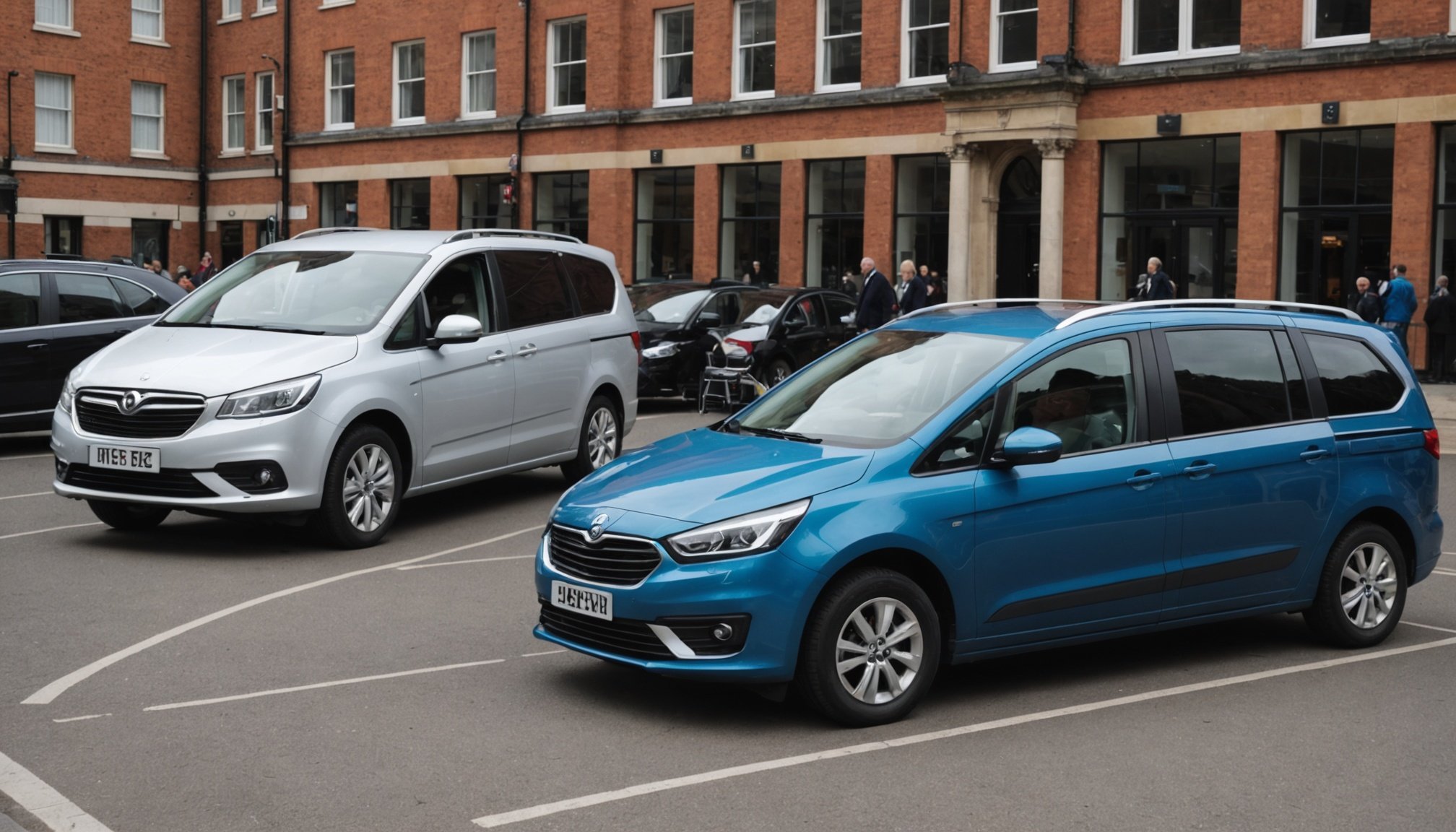In the quest for greater autonomy and mobility, choosing the right vehicle adapted for disabled access becomes a crucial step for individuals with disabilities. In the UK, the vehicle industry has been transforming and responding to the needs of its diverse users. Adaptations in car designs and special services have made driving a reality for people living with disabilities, making them no longer confined to wheelchairs or reliant on others for transportation. This informative piece will take you through the key considerations to heed while selecting a vehicle that suits disabled drivers, aiding them in their mobility and enabling them to reclaim their independence.
Assessing Personal Needs and Capabilities
Understanding the personal needs and capabilities of the potential driver is the first and foremost step in finding an accessible vehicle. Disabilities vary greatly from person to person, and as such, the adaptations required in a vehicle will differ as well. For instance, some people may require a vehicle with ample space to accommodate a wheelchair or scooter, while others might need special controls to help with driving.
Have you seen this : How to determine when your vehicle needs professional alignment services in the UK?
Furthermore, individuals with disabilities must also consider the potential for changes in their condition over time. A vehicle that is suitable now may not necessarily be suitable in the future. Therefore, it is advisable to discuss these matters with a healthcare provider or a disabilities expert before making a decision.
Exploring Available Vehicle Adaptations
Adapted vehicles come with a range of different adaptations that cater to the specific needs of the disabled driver. Some of these adaptations include hand controls for steering and braking, wheelchair lifts and ramps, swivel seats and more.
This might interest you : How frequently should brake fluids be replaced in cars used primarily in the UK’s urban areas?
Motability, a UK-based scheme, offers a wide array of vehicles, ranging from cars to scooters, fitted with a variety of adaptations to cater to a multitude of disabilities. It’s crucial to understand the specific adaptations that would best meet your personal needs and improve your driving experience.
Considering the Size and Type of the Vehicle
The size and type of the vehicle is another important aspect to look into. Depending on your personal needs, you might need a larger vehicle with more space for wheelchair storage, or a smaller one that’s easy to handle and park.
Moreover, the type of vehicle – be it a car, a van or a scooter, should be selected based on your driving abilities and comfort. Some people with disabilities find certain types of vehicles easier to operate than others. It’s important to test drive different vehicles and choose one that you find most comfortable and easy to drive.
Understanding the Financial Implications
Purchasing an adapted vehicle can be a significant financial investment. However, various schemes and services can help subsidise the cost. The Motability Scheme, for example, allows people with disabilities to lease a new car, scooter or powered wheelchair using their mobility allowance.
Additionally, some insurance companies offer discounts for adapted vehicles. It’s vital to research all financial options and choose one that aligns with your budget and needs.
Seeking Professional Advice and Services
Lastly, seeking professional advice can help you make an informed decision. This could be from a driving instructor specialising in teaching people with disabilities, a mobility consultant, or a vehicle adaptation installer. Additionally, always ensure that the service providers you choose are reputable and experienced in dealing with adapted vehicles for the disabled.
Choosing a vehicle for disabled access is a task that requires thoughtful consideration and research. Prioritising personal needs and capabilities, understanding available vehicle adaptations, considering the size and type of the vehicle, understanding financial implications and seeking professional advice are all pivotal steps in this process. With these considerations in mind, you are well on your way to selecting a vehicle that enhances your mobility and amplifies your independence.
Taking into Account the Practicality and Comfort
Selection of an accessible vehicle should not only be influenced by the disability-specific adaptations but also by the overall practicality and comfort of the vehicle. This means considering features such as the car’s fuel efficiency, maintenance costs, ease of getting in and out, and comfort during long drives.
For wheelchair users, it’s essential to consider how easy it is to get in and out of the car, either independently or with assistance. Several vehicles come with automated lifts and ramps which can make this process smoother. Similarly, the design of the car’s interior and the placement of controls should also be wheelchair accessible.
For older people or travelers with disabilities, it could be worthwhile to look into models that offer more legroom, comfortable seating and easier accessibility. Additionally, also consider the load capacity of the vehicle if you are planning to transport heavy mobility devices like mobility scooters.
It’s equally important to assess whether the vehicle is fuel-efficient and economical to maintain. For example, electric cars could keep running costs low, but you would need to consider whether you have easy access to charging points. Ideally, you want a balance of functionality, comfort and cost-effectiveness.
Evaluating the Reputation of Service Providers and Dealers
When settling on an adapted vehicle, the reputation and reliability of the service provider or dealer are equally important. Not all Motability dealers provide the same level of service, and it’s crucial to research and choose one that has positive reviews and a track record of excellent customer service.
Service providers should be thorough in their assessment of your needs, patient in explaining various options and transparent about costs. Moreover, good service providers will offer after-sales services such as maintenance and repair of the vehicle and its adaptations.
Consider asking other disabled people to recommend dealers they have had a positive experience with or searching online for reviews. The internet provides a wealth of information from other customers’ experiences, which can help guide your decision.
Conclusion
With this guide, you should feel more prepared to start your journey towards an independent and mobile life. Key considerations such as personal needs, available vehicle adaptations, size and type of the vehicle, financial implications, the practicality and comfort of the car, and the reputation of the service provider or dealer should guide your decision-making process.
Remember, acquiring a suitable accessible vehicle is not just about transportation; it’s about enhancing the quality of life of disabled people. It’s about supporting independence, promoting inclusivity, and providing a sense of freedom. It’s about making sure that every wheelchair user, every person with a mobility component, every older person and every disabled person in the UK has the means to travel comfortably and securely.
Through thoughtful planning and consideration, you can find the perfect vehicle to meet your needs, enabling you to enjoy the freedom and independence you deserve. With the right support and guidance, a world of increased mobility and independence awaits you. Don’t let your disability limit you. Embrace the journey, and remember, the destination is worth it.











